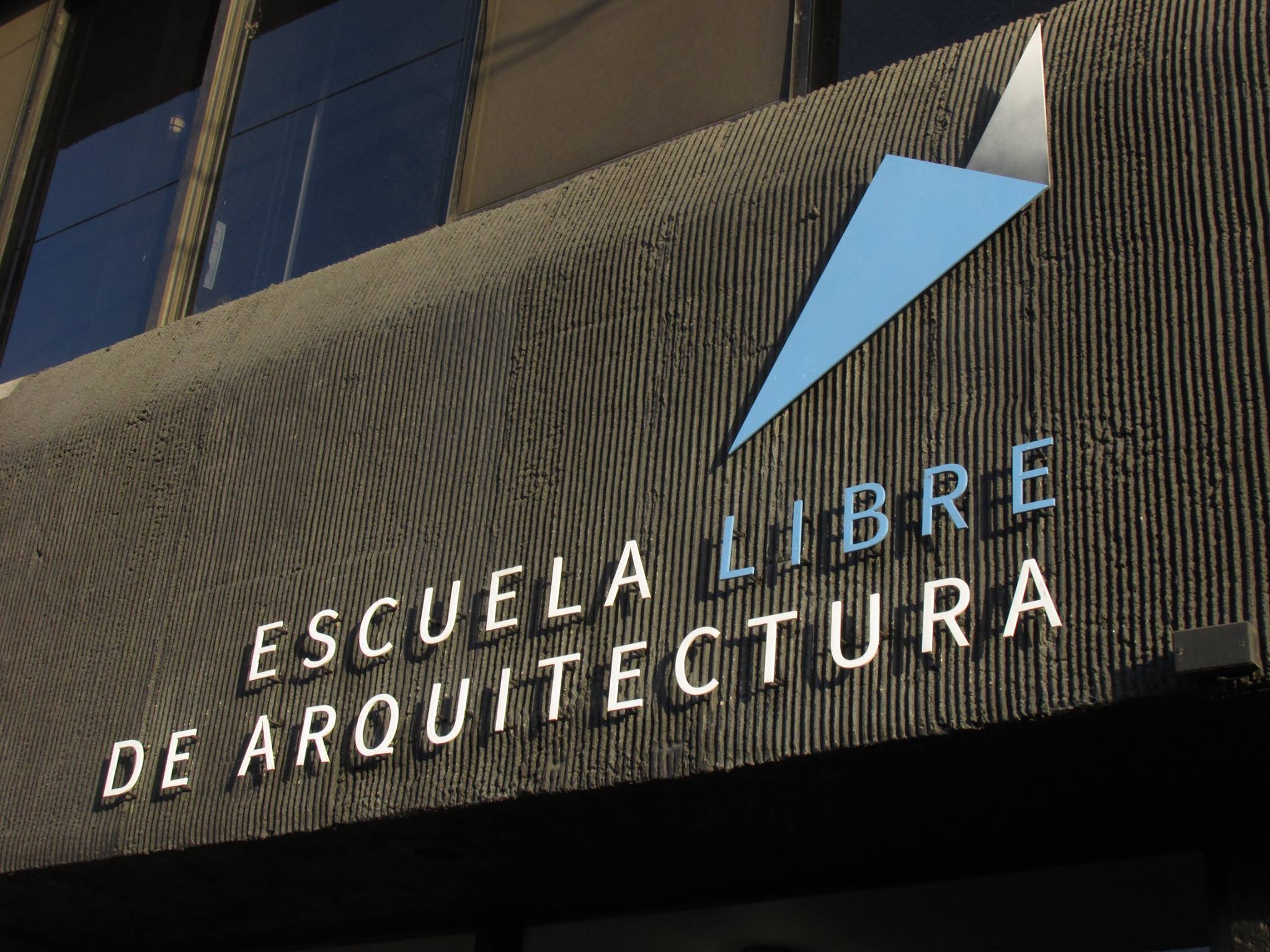Located in Tijuana at the intersection of Avenida Revolución, a street known for tourism, and Calle Coahuila, a street known for a much different type of trade, the squat, steel-and-concrete building may not dispel stereotypes about this border town at first glance. In a past life, it served as a medical clinic for sex workers. But experiments being conducted inside may, over time, help change the patchwork look of this sprawling city. The Escuela Libre de Arquitectura (Architecture Free School), which welcomed its first class last fall, set up shop inside this three-story office building a few years ago as an educational intervention, with aspirations to become an urban lab for learning.
«It’s something that isn’t commonly done, but Tijuana is that kind of city; nothing is common,» says architect and founder Jorge Gracia. «We want to build a group of architects who can stay here and build. And the first step is transferring a feeling of love for their own city.»
The 41-year-old, a celebrated, Tijuana-born architect with an eponymous firm that conducts business on both sides of the border, has seen his city’s population multiply as it has become a more established trade hub. While he’s seen his hometown become a cultural hub for art, especially electronic music, he hasn’t seen its architecture evolve beyond a series of ramshackle expansions, which often don’t fit the local context. Part of the reason he started the ELA was to give local architects a hands-on education and convince them to stay, work and help reshape the look and feel of their hometown.
«It’s an interesting place to do architecture,» says Gracia. «There isn’t that much tradition here, so much of what we propose gets accepted.»

One of the main selling points of the school is its focus on hands-on learning and on-site experience for students.
Boasting a sleek black entrance and a handful of classrooms, the school currently enrolls 29 students and a dozen teachers. But students spend much of their time outside these walls, attending workshops and working on special projects. Many of the teachers, full-time fabricators or woodworkers drawn from the city’s building trades, hold classes in their studios. Other classes meet at construction sites or work on local projects, such as constructing infrastructure such as public benches. ELA students also spend a quarter working with a professional firm in another city, guaranteeing that graduates possess real-world experience.
«We want students to know how things really get done, not just the drawings,» says Gracia.

Gracia hopes the school and its graduates can become a catalyst to help change the cityscape in Tijuana.
This isn’t the first architecture school in Tijuana, but the unique curriculum appears to be filling a gap in practical education (Gracia says they get a lot of transfer students from other local schools). He believes the ELA, like Tijuana itself, can succeed by embracing its position on the border of two cultures and creating its own hybrids. Combining the styles and techniques of U.S. and Mexican architects, and being able to experiment at a lower cost than, say, Los Angeles, can make the school a success. For Gracia, that means students building careers in Tijuana and flourishing.
The school already has expansion plans and will open a new set of classrooms next fall. Located near one of the city’s first border crossings, Gracia doesn’t see why the ELA can’t become a catalyst for a new addition to Tijuana, and a new cultural dialogue. There’s no reason a school can’t transform a red light district into an arts district.
«As architects, we should go directly to where the problems are, in regards to urbanism and social impact,» he says. «Let’s see what happens when you build a school instead of a bar.»


